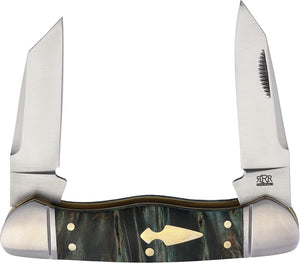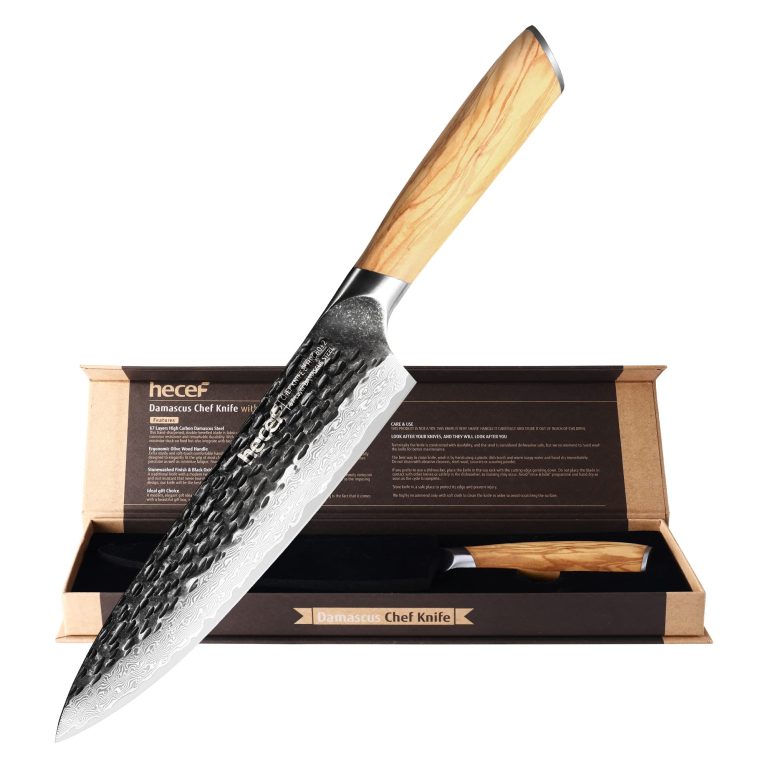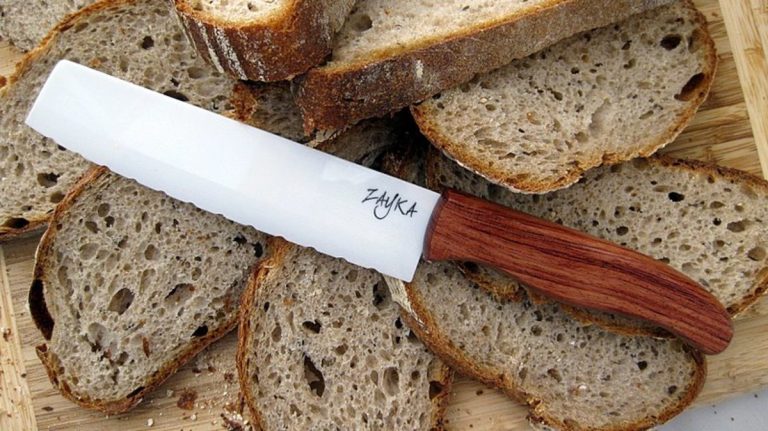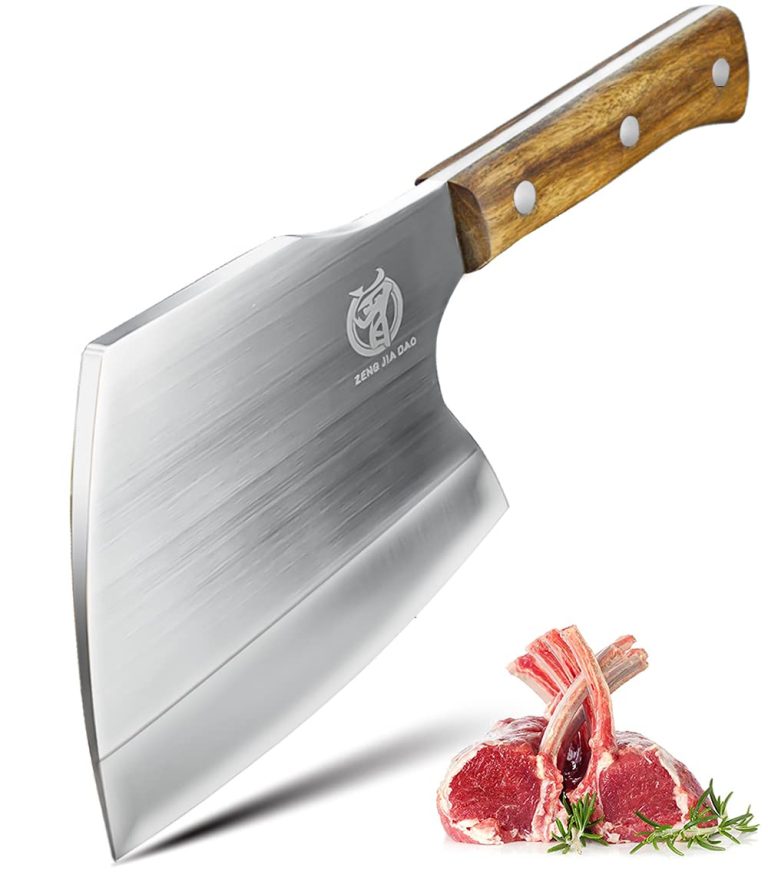Kayaking Knife Blade Materials
The most common materials used for kayaking knife blades are stainless steel and titanium, each offering their own benefits. Finding the right blade material for your kayaking knife is essential to ensuring durability, functionality, and performance on the water.
The blade material can affect the knife’s ability to resist corrosion, maintain a sharp edge, and withstand the rigors of regular use. Two popular choices for kayaking knife blades are stainless steel and titanium. Stainless steel is known for its corrosion resistance and affordability, making it a practical choice for kayakers.
Titanium, on the other hand, offers exceptional strength, lightweight properties, and excellent corrosion resistance, but comes with a higher price tag. By considering factors such as your budget, usage, and personal preferences, you can choose the ideal blade material for your kayaking needs.
The Importance Of Choosing The Right Kayaking Knife Blade Material
In the world of kayaking, the choice of blade material for your knife is crucial to ensure optimal performance and durability. The right blade material can make a significant difference in your overall experience on the water.
When selecting a kayaking knife blade material, there are several factors to consider. Firstly, **the type of material** determines the **blade’s strength** and **resistance to corrosion**. Common blade materials include stainless steel, titanium, and ceramic.
Secondly, **consider the weight** of the blade material. You want a lightweight knife that won’t weigh you down during your kayaking adventures.
Additionally, **the blade’s sharpness** is essential. Look for a material that retains its sharp edge even after extended use.
Moreover, **ease of maintenance** is another critical factor to think about. A blade material that is easy to clean and maintain will save you time and effort in the long run.
Lastly, **consider the cost**. Different blade materials come at varying price points, so find one that fits your budget without compromising on quality.
In conclusion, choosing the right kayaking knife blade material is vital for performance, durability, and overall satisfaction in your kayaking adventures. Take into account factors such as material strength, resistance to corrosion, weight, sharpness, ease of maintenance, and cost to make an informed decision on the best material for your needs.
Stainless Steel Blades: A Classic Choice For Kayaking Knives
Stainless Steel Blades: A Classic Choice for Kayaking Knives
Characteristics and benefits of stainless steel blades: Stainless steel blades are renowned for their durability, corrosion resistance, and strength—qualities that make them an ideal choice for kayaking knives. With excellent edge retention, stainless steel blades provide consistent cutting performance throughout your kayaking adventures. These blades also offer a high level of versatility, allowing you to handle various tasks such as cutting ropes, preparing meals, or even assisting in emergencies.
Different types of stainless steel for kayaking knives: There are several types of stainless steel used in kayaking knives, each with its own unique properties. Some popular options include 440C stainless steel, known for its excellent corrosion resistance and edge retention, and 154CM stainless steel, which offers good toughness and wear resistance. Consider your specific needs and preferences when selecting a kayaking knife with the right stainless steel blade.
Pros and cons of using stainless steel blades in kayaking: One of the major advantages of stainless steel blades is their resistance to rust and corrosion, ensuring longevity even in a challenging marine environment. Moreover, they require minimal maintenance, making them perfect for water sports enthusiasts. However, stainless steel blades can be heavier compared to other blade materials, which might affect maneuverability for some kayakers. Consider the trade-offs and make an informed decision based on your kayaking style and preferences.
Titanium Blades: The Ultimate Lightweight Option
When it comes to kayaking knife blade materials, titanium blades are a top choice for many outdoor enthusiasts. Offering the ultimate lightweight option, titanium blades have several advantages that make them stand out.
Enhanced Performance: Titanium blades are known for their exceptional strength-to-weight ratio, providing the perfect balance between durability and maneuverability. This lightweight material allows kayakers to paddle effortlessly, reducing fatigue during extended trips.
Convenience: Titanium blades are resistant to corrosion, making them ideal for use in salty or freshwater environments. Additionally, their non-magnetic properties eliminate the risk of interference with navigational equipment, enhancing safety while out on the water.
Comparison with Other Materials:
| Materials | Weight | Strength | Corrosion Resistance |
|---|---|---|---|
| Titanium | Lightweight | High | Excellent |
| Stainless Steel | Medium | High | Good |
| Carbon Steel | Heavy | High | Fair |
As shown in the comparison table above, titanium blades surpass other materials in terms of weight, strength, and corrosion resistance.
With their impressive qualities, titanium blades are undoubtedly an excellent choice for kayakers looking to enhance their performance and experience on the water.
Ceramic Blades: Unconventional But Effective
The use of ceramic blades in kayaking is an unconventional but effective choice for many paddlers. These blades are known for their unique properties, which can greatly impact the performance and durability of a kayak.
Ceramic blades offer advantages such as exceptional hardness, corrosion resistance, and lightweight construction. The hardness of ceramic blades allows for efficient and precise cutting through water, resulting in improved paddling efficiency. The corrosion resistance ensures that the blades remain in optimal condition even when exposed to saltwater or harsh environmental conditions.
However, it is important to note that ceramic blades require special care and maintenance. Due to their hardness, they can be brittle and prone to chipping or breaking if mishandled or subjected to excessive force. Additionally, ceramic blades may not be suitable for aggressive or rough kayaking conditions, as they may not tolerate impacts or collisions as well as other blade materials.
To ensure the longevity of ceramic blades, it is recommended to handle them with care, avoid striking hard surfaces, and clean and store them properly after each use. Regular inspections for any signs of damage or wear are also crucial to maintain the performance and safety of ceramic blades. Despite the need for extra caution, many kayakers find that the benefits of ceramic blades outweigh the additional maintenance required.
Choosing The Right Blade Material For Your Kayaking Needs
Choosing the Right Blade Material for Your Kayaking Needs
Evaluating your kayaking needs and preferences is crucial when it comes to selecting the right blade material for your kayak knife. Different kayaking activities require a balance of performance, durability, and weight. For whitewater kayaking, a rugged blade material like stainless steel or titanium is ideal, as it offers excellent strength and corrosion resistance. Fiberglass or carbon fiber blades, on the other hand, are lightweight and perfect for recreational kayaking or touring.
Regardless of the blade material you choose, proper maintenance is imperative to prolong its lifespan. After each use, make sure to rinse the knife blade with fresh water to remove any salt or debris. Apply a thin layer of corrosion-resistant oil and store it in a dry place. Regularly check for any signs of wear or damage, and if needed, sharpen the blade with a file or whetstone. By following these tips, you can ensure the longevity and performance of your kayak knife blade.

Credit: knifesanity.com
Conclusion
To wrap up, choosing the right knife blade material for kayaking is crucial for ensuring a safe and successful outdoor adventure. Stainless steel blades, with their corrosion resistance and durability, are a popular choice among kayakers. They offer reliability and longevity, making them ideal for various water conditions.
Titanium blades, on the other hand, are known for their exceptional strength-to-weight ratio, making them lightweight yet incredibly sturdy. Ceramic blades provide outstanding sharpness and precision, though they may be more susceptible to breakage. Ultimately, the best blade material for you will depend on your specific kayaking needs and preferences.
Remember to consider factors such as blade strength, corrosion resistance, and weight. With the right kayak knife blade material, you can have peace of mind on the water, knowing that you have a reliable tool by your side. Happy kayaking!







Muchas gracias. Kayakin Knife is godd and sharp now……Como puedo iniciar sesion?